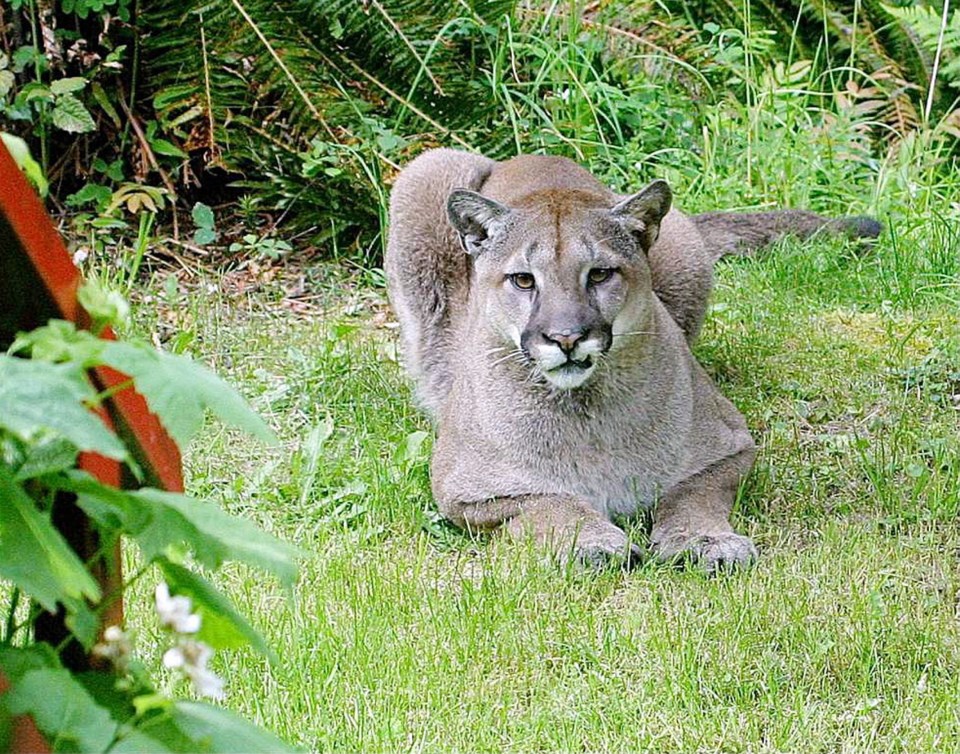Of the world’s five surviving big-cat species, four are either endangered, or likely to face a future confined to zoos and game parks.
There are only 3,200 tigers left in the wild, and they have the misfortune to live in some of the most densely populated countries on Earth.
The South American jaguar is considered a threatened species, after tens of thousands were killed for their pelts in the 1960s and 1970s. Fewer than 15,000 are believed to survive today, and the constant deforestation of their prime hunting grounds can only accelerate the process.
Lions have been wiped out in more than 90 per cent of their historic range, and their numbers reduced from some 450,000 in the 1940s, to about 20,000 today.
Leopards have fared relatively better, in part because of their ability to survive in widely differing topographies and climates. Nevertheless, their range also has been dramatically curtailed, and they exist mainly in countries where wildlife preservation is not a top priority.
Only one of the big cats — the North American cougar — is in relatively good shape. Estimates vary, but it’s believed there are at at least 30,000 cougars across our continent, the vast majority in the Pacific Northwest.
That’s down from pre-20th-century days. But due in part to the remote territory they tend to occupy, populations are rebounding in several zones. If any of the big five has a chance to survive and flourish, it is most likely to be the cougar.
So why in heaven’s name has our province’s Conservation Service (note that title) announced that henceforth, large carnivores such as cougars will no longer be relocated if they come in conflict with humans? Instead, they will be shot.
Admittedly, this is scarcely a major change in policy. Between 2011 and 2014, wildlife staff and law-enforcement officers between them shot 352 cougars in B.C. Only six were relocated. It’s clear where these folks are coming from.
And it’s clear also what the reason is. It’s just too expensive, inconvenient and all round bothersome to save these animals.
True, cougars don’t do especially well with tranquililzers or sedatives. And true, there’s no guarantee an animal transported several hundred kilometres to unfamiliar territory will survive.
But these are lousy excuses for a conservation service to fall back on. It’s their job to overcome these difficulties, not to take the easy way out and draw their guns.
I’m sure there are some circumstances where options don’t exist. But let’s keep in mind the limited nature of the threat these animals pose.
Since 1890, there have been seven recorded human deaths in all of Canada attributed to cougars. How does that justify shooting 352 in just four years?
This is worse than shameful. It is a total abdication of the stewardship duty we owe.
There’s a reason tigers, lions and jaguars are nearly wiped out. No one in their homelands took the steps required to save them.
And for exactly the same reason we see deployed here: Too much trouble.
If this mentality persists — and persists, moreover, among the very officials charged with preserving critical species — it’s hard to see how cougars can survive in any numbers.
No doubt a few will cling on in remote regions, such as parts of the B.C. Interior or upper Vancouver Island. Yet our towns and cities are expanding, and the inroads we make into the backcountry grow every year.
Absent a major change in thinking, we will be complicit in the same fate that has overtaken the other big cats. In effect, we are in the process of extinguishing these magnificent animals without even stopping to think about it.
For a province, and a country, as wealthy as ours, that is inexcusable.



